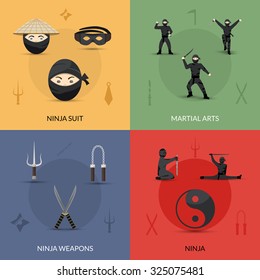Trick Differences Between Typical Martial Arts And Modern Fight Sports: An Extensive Analysis
Trick Differences Between Typical Martial Arts And Modern Fight Sports: An Extensive Analysis
Blog Article
Personnel Author-Camp Fink
When you think about martial arts, do you lean more toward the standard methods or the contemporary fight sporting activities? Each path supplies special advantages and experiences, shaped by their philosophies and training techniques. Standard martial arts emphasize personal development and self-control, while modern-day fight sports focus on competitors and efficiency. Recognizing these differences can direct you in selecting the best technique for your trip. However how do these distinctions manifest in training and ideology?
The Philosophy and History Behind Standard Martial arts
While many people link martial arts with physical battle, the approach and history behind traditional martial arts run much deeper. You'll find that these techniques emphasize individual growth, discipline, and regard.
Stemming from old techniques, traditional martial arts were commonly created for Self-Defense and spiritual growth. They symbolize concepts such as balance, harmony, and self-control, guiding specialists beyond simple combating skills.
As you train, you'll not just discover techniques however also obtain insights right into the society and values that formed these arts. martial law art and customs, commonly passed down through generations, promote a sense of community and belonging.
The Competitive Nature of Modern Battle Sports
Modern fight sporting activities have transformed the landscape of martial arts right into a highly competitive sector, where athletes take on in an examination of ability, strategy, and endurance.
You'll notice that competitors are typically organized with stringent policies and policies, making certain justice and security. what is hapkido martial arts draw in huge audiences, sustaining the exhilaration and strength of matchups.
Professional athletes educate rigorously, not just for physical prowess yet additionally for psychological strength, recognizing that every information counts in the ring. The adrenaline rush during competitors is palpable, as boxers press their restrictions to claim victory.
Click At this website and artistry entailed, making contemporary combat sporting activities a thrilling spectacle that remains to develop and mesmerize lovers around the world.
Training Approaches and Strategies: A Comparative Evaluation
The affordable ambience of modern-day battle sporting activities needs innovative training approaches that vary significantly from typical martial arts.
In modern-day training, you'll concentrate on certain methods, sparring, and conditioning, commonly using drills that simulate real fight situations. You'll see a focus on quantifiable efficiency and frequent competition to assess your abilities.
In contrast, typical martial arts focus on forms, katas, and philosophical trainings, usually highlighting technique and regard over competitors.
Training is typically much less intense and may include repetitive technique rather than real-time sparring.
While both strategies develop skill and physical fitness, modern-day combat sporting activities supply an extra dynamic and adaptable training environment, preparing you for immediate obstacles in the ring or cage.
Select the course that straightens with your goals and passions.
Verdict
In choosing between traditional martial arts and modern combat sports, it really comes down to what you value many. If you're searching for personal development, self-control, and a feeling of neighborhood, conventional arts might be your finest fit. Yet if you prosper on competitors and real-time challenges, contemporary fight sports could be the means to go. Ultimately, both paths use unique advantages, so it's everything about straightening your training with your personal objectives and rate of interests.
